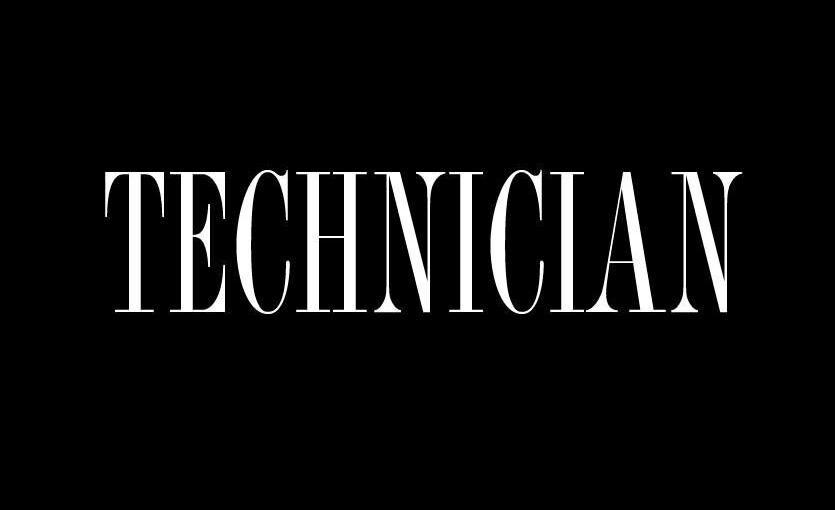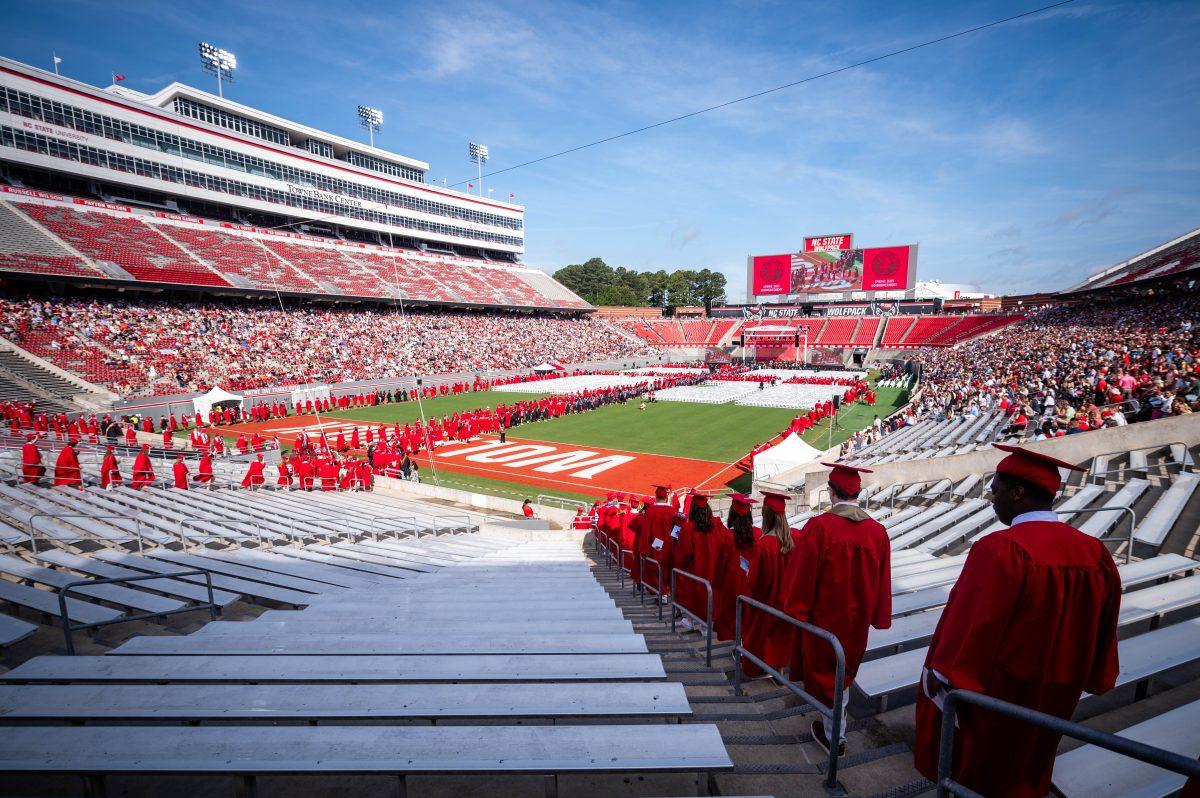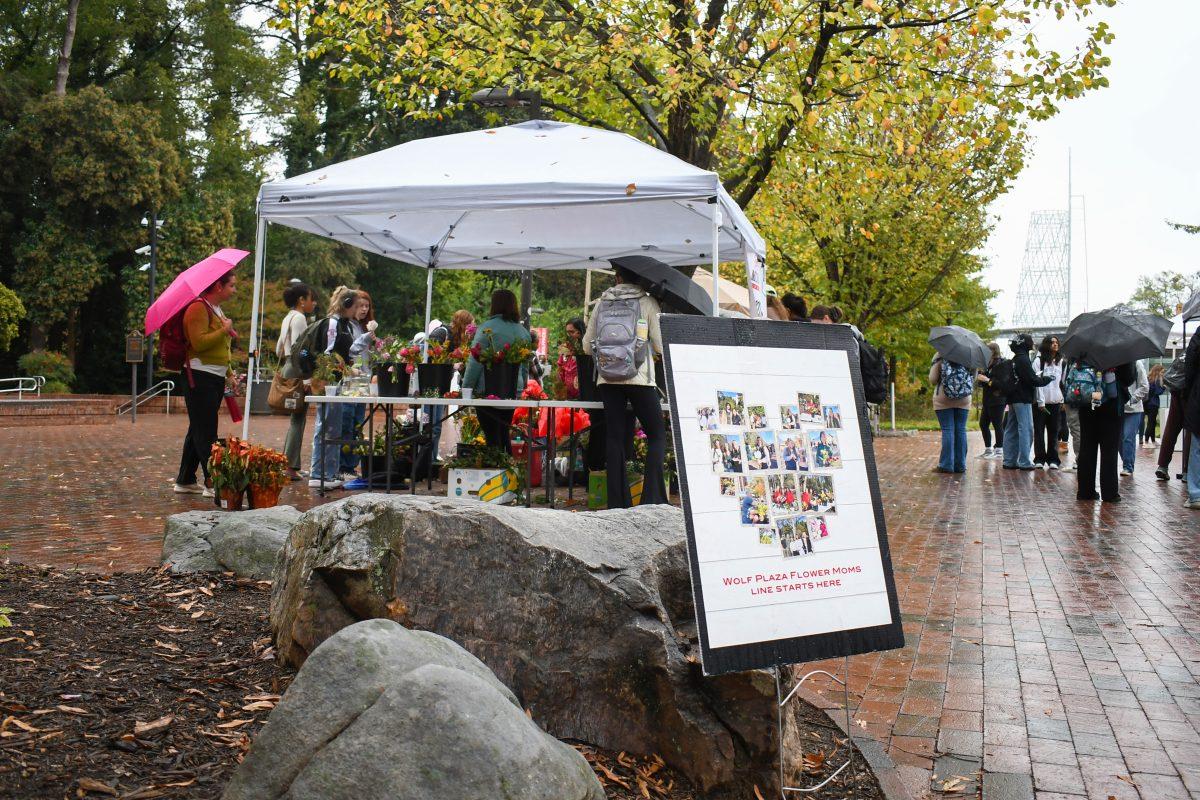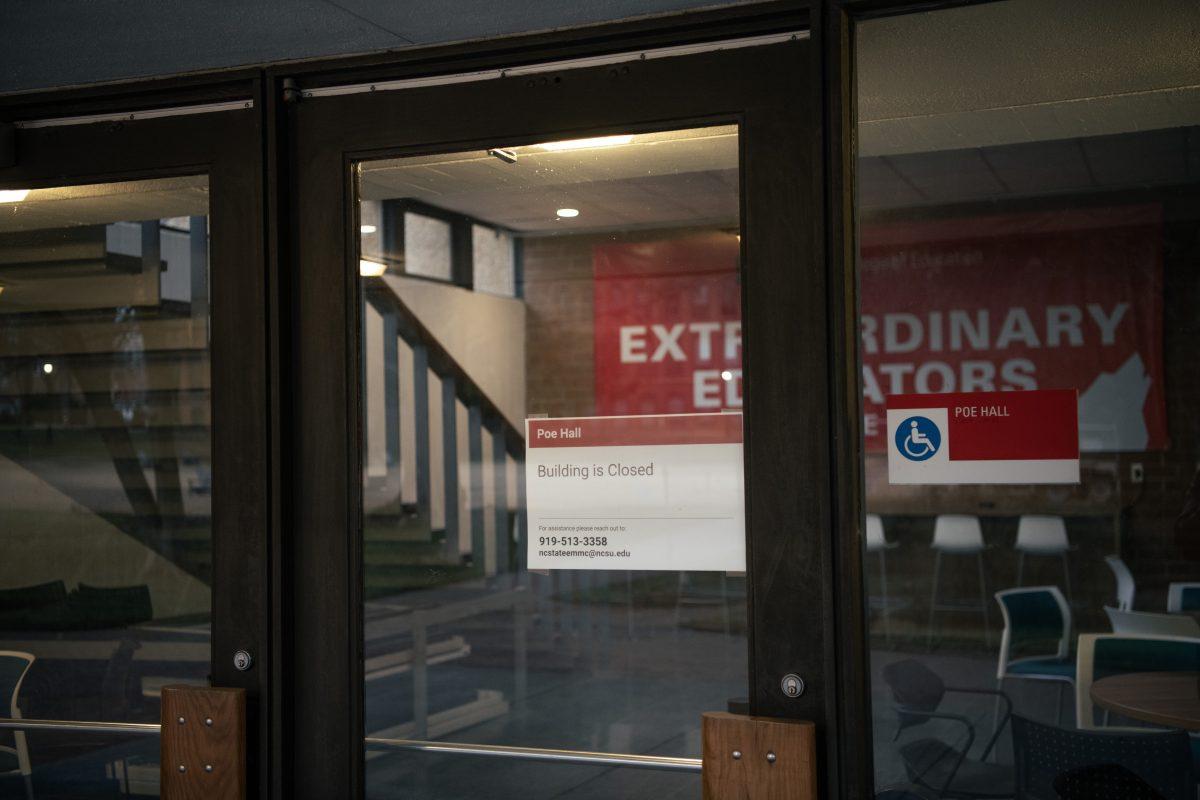A nondescript house nestled off to the side of the McKimmon Center goes unnoticed to Gorman Street passers-by. Those who do catch a glimpse of the white wooden structure may wonder who lives there or why it is on campus.
This house is not an ordinary residence. Recognizable only by inconspicuous solar panels, the Solar House is part of the world-class Solar Center, a renowned facility that promotes green energy across campus, across the state and across the globe.
Created in 1988, the Solar Center started as a partnership between campus, the North Carolina government and the solar energy industry in an effort to expand and stabilize the use of solar energy.
“The Solar Center has been here for more than 20 years doing research and promoting renewable energy when green was still just a color, not a movement,” Solar Center Economic Development Program Manager Wade Fulghum said.
Since then, the Solar Center has mushroomed to encompass alternative fuels, biomass energy, wind energy, energy efficiency and green building design. “If there’s one thing that gets us in trouble, it’s our name,” joked Fulghum, who asserts solar energy is just a small piece of the Solar Center’s mission.
According to the Solar Center’s Web site, the United States comprises less than 5 percent of the world’s population but consumes 24 percent of the world’s energy. The Solar Center’s aim is to help change this statistic.
One way of reducing nonrenewable energy consumption is by harnessing renewable energy like biomass, solar and wind energy. North Carolina can harvest wind energy in the coastal plains, the coast and the mountains. The center is involved with co-coordinating the North Carolina Wind Working Group, which educates the public about North Carolina’s coastal wind potential.
“You can use wind turbines to do anything from indirectly pumping water to heating greenhouses or lighting your facility,” Wind Energy Extension Specialist Brian Miles said.
Green building and solar initiatives taken by the Solar Center are evident in the Center’s Solar House. Open to the public since 1981, the Solar House is one of the most visited solar buildings in the United States.
“It’s a great example of how green power can be used in a practical home setting,” graduate student David Bednar said.
Simple aspects of energy-saving design — such as having a south-facing roof for maximizing solar collection and strategically planting shade trees for summertime heat reduction — meld with modern green technology like a solar hot water system and thermal storage walls to become an example of an efficient, cost-effective green way to live. For example, winter heat for the entire 1,700-square-foot house costs an average of $70 a year. A poll of Raleigh residents with similar-sized houses reveals winter heat costs can soar up to $200 per month.
Having the Solar Center right on campus is a perk for students like Bednar.
“I’m proud of the Solar Center and the University’s green efforts,” Bednar said. “It’s amazing that this world-class facility is so accessible to students here.”







